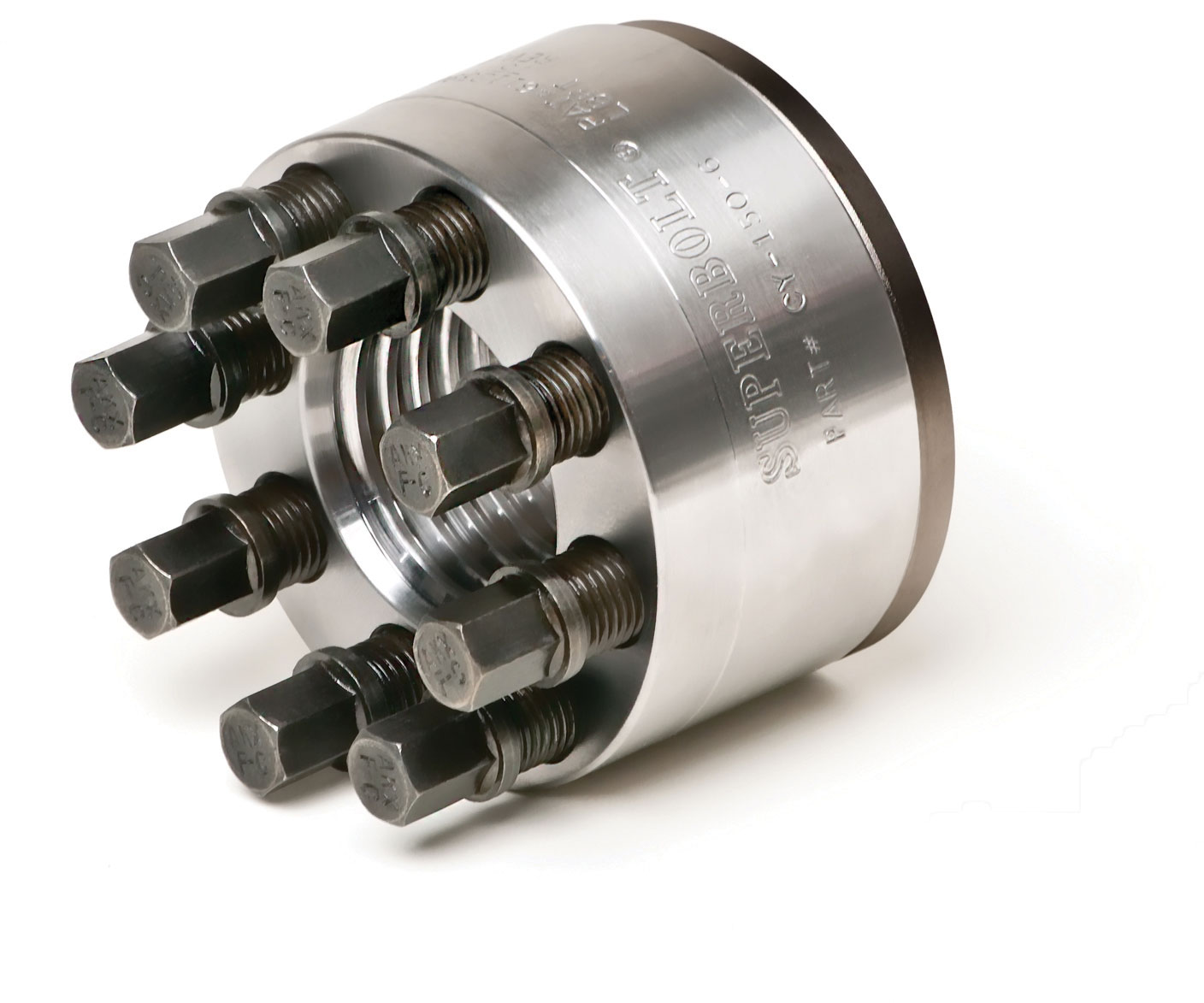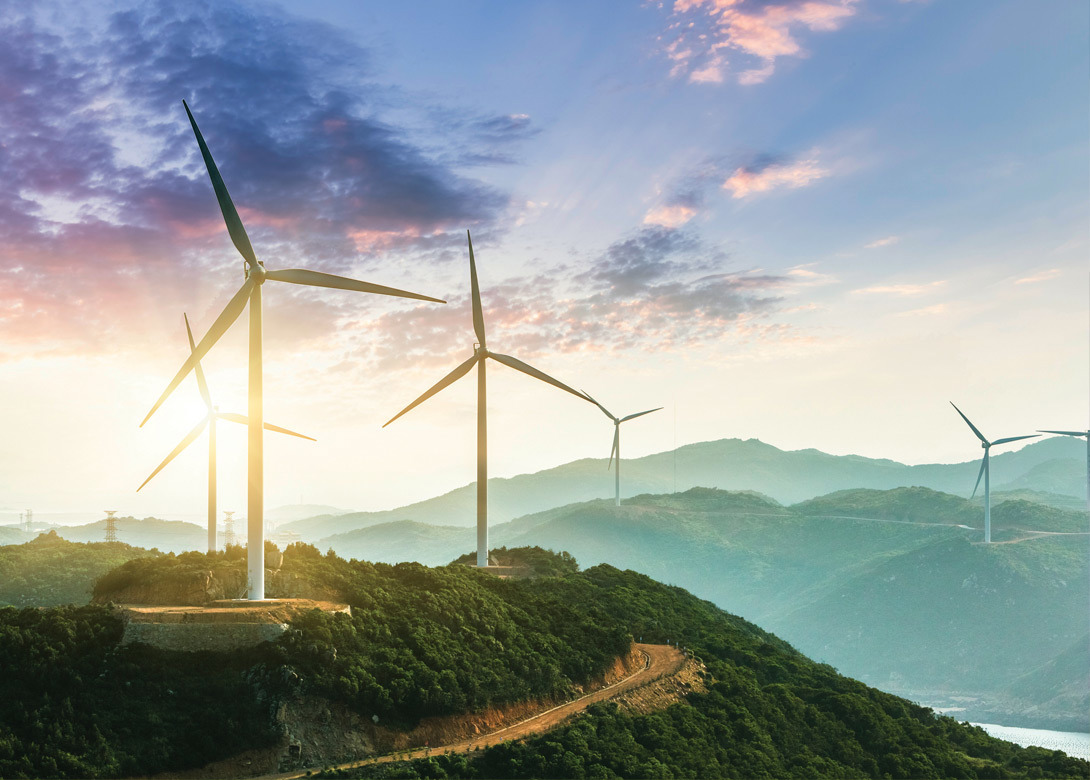The wind turbine time machine
03 February 2017
With the sector growing globally every year, the wind energy industry is looking to use less material for producing big wind turbine parts. A project in Germany is testing new construction methods, simulating 20 years of wear and tear in just a fraction of that time.
Cost pressure on the growing wind energy industry makes intensive testing necessary. Consistent research on cost reduction methods is also required to strengthen wind power as an alternative long-term energy source without subsidies.
Helping clients such as manufacturers of wind turbine generators (WTGs), wind farm operators, suppliers and energy supply companies, the German Fraunhofer Institute IWES (The Fraunhofer Institute for Wind Energy and Energy System Technology) provides industry related research services and cooperation for a wide range of technical wind energy issues.
“The IWES is an industry institute devoted to the field of wind industry,” explains Hans Kyling, research associate for the current BeBen XXL project – which is researching whether business safety requirements can be met using less material.
Running between 2012 and 2017, the project is a collaboration between Fraunhofer IWES, wind turbine manufacturer Suzlon Energy GmbH (which initiated the project) and the Hamburg University of Applied Sciences. It is funded by the Federal Ministry for Economic Affairs.
The German abbreviation BeBen translates as ‘accelerated experimental endurance strength verification for large wind turbine components using the example of main shafts’.
“The term lightweight construction is a bit exaggerated,” Kyling points out. “Because we don’t really build light, we just build lighter.” All wind industry OEMs will potentially benefit from positive project results. If certification guidelines are adjusted accordingly, it will improve cost-effectiveness, as it won’t be necessary to oversize WTG components.
In addition to the main project goal, the suitability of high-tensile cast iron as a substitute for expensive forged material is also being investigated and validated. Kyling explains: “We are conducting an accelerated service life test by altering some of the parameters, for instance using a higher rotation speed than during normal WTG operation, thus putting greater stress on the main shaft through a heavier rotor.”
Another thing that makes the project innovative is the creation of a so-called Wöhler curve, which determines the vibration resistance of a material or a component – especially a very large one. The automotive industry generally uses vibration resistance tests for much smaller components. For cost reasons, even the aerospace industry usually conducts tests on significantly smaller components.
Despite the huge dimensions of the WTG main shaft, the working space for bolted joints is quite limited, which can make installation and maintenance difficult – even risky.
“We created a split form of test rig,” points out Kyling. “There is a steel structure, which is connected to the foundation, and an upper steel structure, which is connected to the test specimen.”

Typically, both these applications are very hard to access. The structure is designed for load-flow optimisation, which means the bolts are sometimes placed in hard to reach places with little room for manoeuvring the tools. Apart from the tight spaces, Kyling stresses other challenges: “The loss in pre-load should be as low as possible and very high forces must be countered.”
These challenges were a major reason for selecting Nord-Lock products. Superbolt tensioners contribute to the safety of the project, not only because they make it possible to work in confined spaces, but also because they allow for use of lighter tools. Handling hydraulic equipment in these situations could compromise the technician’s safety.
Superbolt tensioners are used between the two upper steel components and between the steel structure and foundation. Eight M80 tensioners are used in the project, along with 28 smaller M56 tensioners. Even with the large M80 Superbolt tensioners, there are still 2.8MN (meganewtons) of force to be reckoned with, but Superbolt multi-jackbolt tensioners can handle it.
Apart from the actual parts, the BeBen XXL project also benefits from Nord-Lock’s wind energy industry experience. Positioning is key to success in this market, “because there’s always the cost pressure,” mentions Kyling.
Tobias Klanck, sales engineer at Nord-Lock Group, adds: “As a highly qualified supplier for the wind energy industry, we are glad the growth trend in this segment is continuing. This holds especially true for weak-wind turbines. Making full use of the existing wind, they are well suited to many locations worldwide.”
Going forward, Kyling says that there are still many challenges to overcome for wind turbine construction – one of them is the use of increasingly large rotor blades. Regarding the drivetrain, there is also the problem of using cast shafts instead of forged ones to keep costs down for large volumes. As there is no general drivetrain concept, bearings are another challenge for WTG manufacturers in order to be competitive.
Reprinted from Nord-Lock Group’s Bolted Magazine









